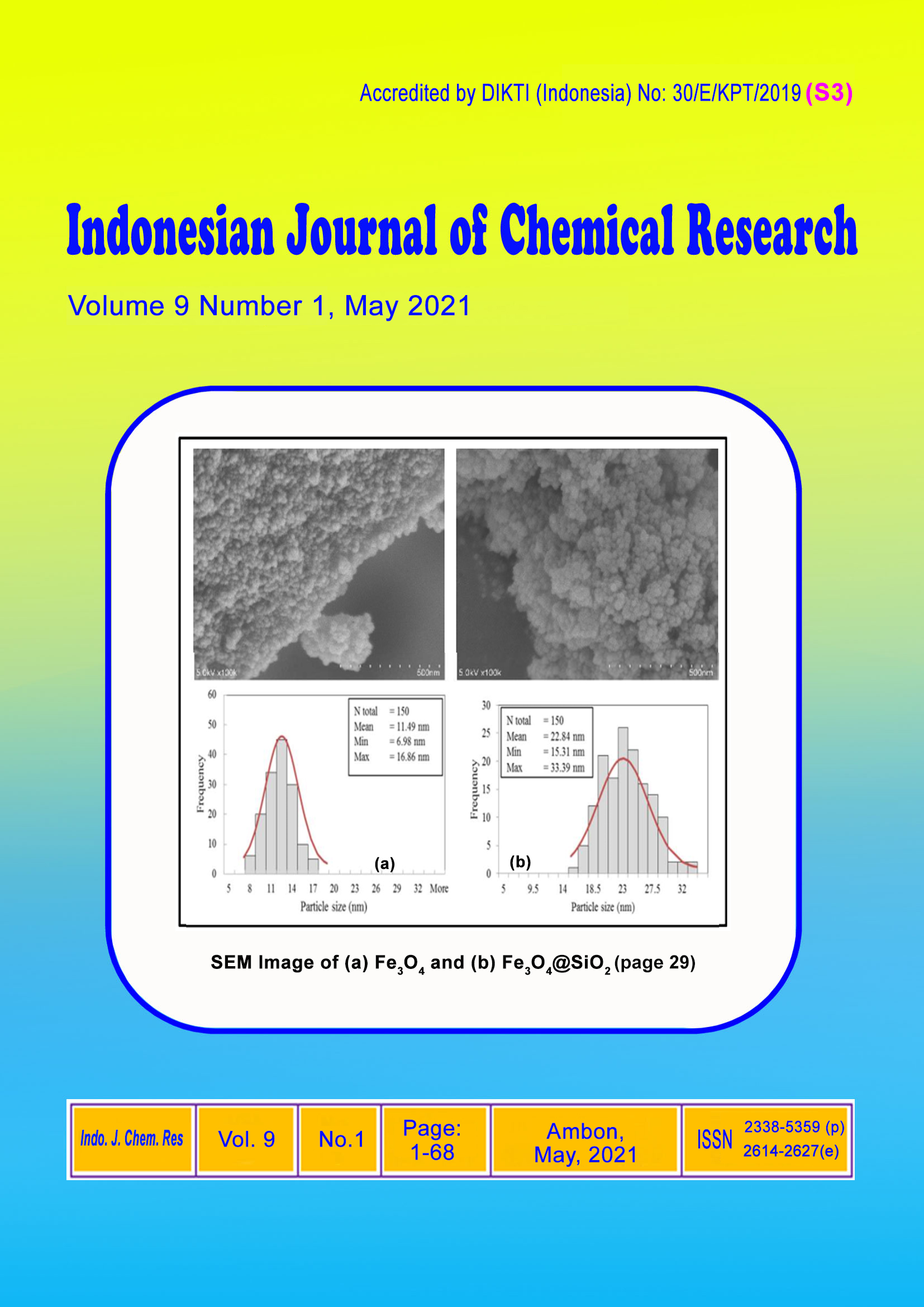Antibacterial Effectiveness of Syzygium cumini (L.) Skeels Leaves to Escherichia coli pBR322
Abstract
Bacterial resistance is a serious problem that until now still has become a global problem. The search for new antibacterial compounds is needed to overcome this problem. Syzygium cumini (L.) Skeels is a plant known to contain bioactive compounds that can be used as an antibacterial agent. This study aims to explore the leaves of this plant as an antibacterial against Escherichia coli pBR322 resistant bacteria. Based on the antibacterial test results, extracts and leaf fractions of this plant can inhibit bacterial growth. Ethyl acetate fraction at a concentration of 800 ppm showed strong antibacterial activity with an inhibition zone diameter of 10.36±0.02 mm followed by ethanol extract and other fractions, namely 8.43±0.01 mm (ethanol extract), 7.24±0.01 mm (water fraction), and 1.45±0.01 mm (n-hexane fraction). The results of spectrophotometric MIC determination also showed inhibition against bacterial growth, which was marked by a decrease in the absorbance value at the lowest antibacterial concentration of 600 ppm from 0.454 to 0.070 at wavenumber 600 nm after 24 hours of incubation. The decrease in the absorbance value indicated that the antibacterial properties of the plant leaves at this concentration were effective in inhibiting bacterial growth.
Downloads
Copyright (c) 2021 Janrigo Klaumegio Mere, Maria Bintang, Mega Safithri

This work is licensed under a Creative Commons Attribution-NonCommercial-NoDerivatives 4.0 International License.
Authors who publish with this journal agree to the following terms:
- Copyright on any article is retained by the author(s).
- The author grants the journal, the right of first publication with the work simultaneously licensed under a Creative Commons Attribution License that allows others to share the work with an acknowledgment of the work’s authorship and initial publication in this journal.
- Authors are able to enter into separate, additional contractual arrangements for the non-exclusive distribution of the journal’s published version of the work (e.g., post it to an institutional repository or publish it in a book), with an acknowledgment of its initial publication in this journal.
- Authors are permitted and encouraged to post their work online (e.g., in institutional repositories or on their website) prior to and during the submission process, as it can lead to productive exchanges, as well as earlier and greater citation of published work.
- The article and any associated published material is distributed under the Creative Commons Attribution-NonCommercial-NoDerivatives 4.0 International License.






_copy1.png)










